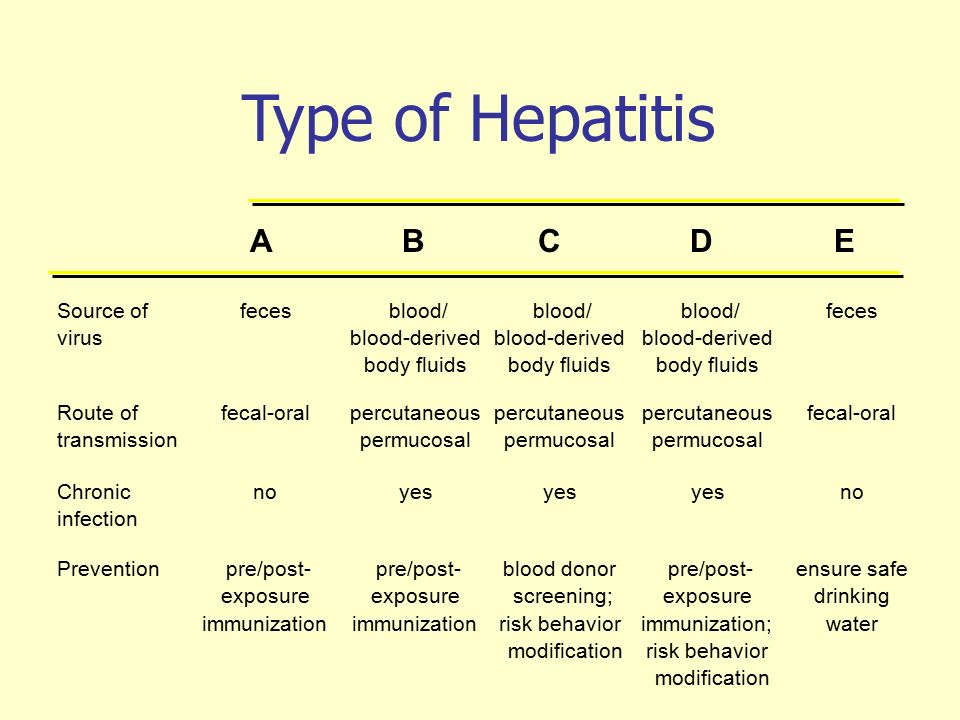ForumIAS announcing GS Foundation Program for UPSC CSE 2025-26 from 19 April. Click Here for more information.
Source-This post on Global Hepatitis Report 2024 is based on the article “Why is there a WHO alert on viral hepatitis?” published in “The Hindu” on 15th April 2024.
Why in the News?
Recently, the World Health Organization (WHO) released the Global Hepatitis Report 2024.
About Global Hepatitis Report 2024
1. According to the report, this disease is the second most common infectious cause of death worldwide, claiming 1.3 million lives annually.
2. The number of deaths attributed to viral hepatitis rose from 1.1 million in 2019 to 1.3 million in 2022.
3. Hepatitis B was responsible for 83% of these deaths, while hepatitis C accounted for the remaining 17%.
4. Each day, approximately 3,500 individuals worldwide succumb to infections caused by hepatitis B and C.
5. People between the ages of 30 and 54 bear half of the chronic hepatitis B and C disease burden, with children under 18 accounting for 12% of the cases. Men make up 58% of all cases.
About hepatitis

1. Hepatitis is an inflammation of the liver. It causes liver diseases including acute and chronic infections, liver failure, cirrhosis, and hepatocellular carcinoma.
2. Mode of Transmission: Hepatitis can be spread through infectious means such as viruses, contaminated food and water, and sexual contact, as well as through non-infectious means like excessive alcohol consumption, toxins, certain medications, and specific medical conditions.
The predominant mode of transmission for Hepatitis B is from mother to child, accounting for nearly 90% of cases where the infection is passed on during childbirth.
3. There are five primary strains of the hepatitis virus, identified as types A, B, C, D, and E. Each type causes liver disease but they vary significantly in transmission methods, disease severity, and geographic prevalence.
4. Symptoms: a) Hepatitis B often leads to an acute infection, manifesting symptoms such as nausea, vomiting, and jaundice (yellowing of the skin and eyes) that can last for several weeks.
b) Chronic Hepatitis particularly in children, can cause lifelong liver issues, potentially leading to liver scarring, known as cirrhosis, and an increased risk of liver cancer.
c) Hepatitis C symptoms typically develop two to twelve weeks after exposure and can include jaundice (yellow skin or eyes), loss of appetite, nausea, abdominal pain, fever, dark urine, pale stools, joint pain, and fatigue.
5. Diagnosis and Treatment: According to the report, only 2.4% of Hepatitis B cases have been diagnosed, and none have received treatment. In contrast, 28% of Hepatitis C cases were diagnosed, with 21% undergoing treatment.
Hepatitis B is preventable through immunization and Hepatitis C can be effectively cured using antiviral drugs.
UPSC Syllabus: Health




